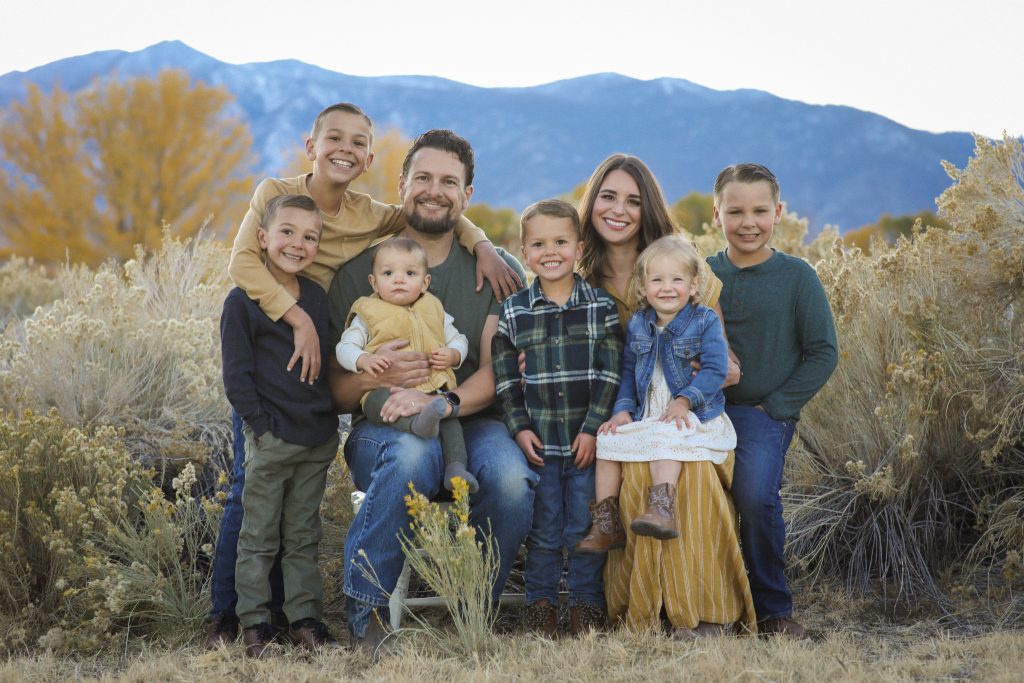
As a family of 8, we’re first-time agriculturists innovating new ways to sustainably live balanced and healthy lives (we’re making this up, daily). We’re nestled in the middle of town in the beautiful Carson Valley (if we stink, you’ll know it). Since you’re probably staring at us anyway (yeah, I see you), you too can discover the fun of good food, family, and failing upward!

Join our ranch-farm adventure! Attend an upcoming special event. Buy our exceedingly nutritious farm-fresh eggs, addictively tasty crackle candy, merch, and more!
Latest News
- Blackacre Ranch Summer Kickoff
- Privacy Policy
- Orange Beef & Rice Noodles
- Ranch Update – February 2025
- Coming Soon: Farm Stand
